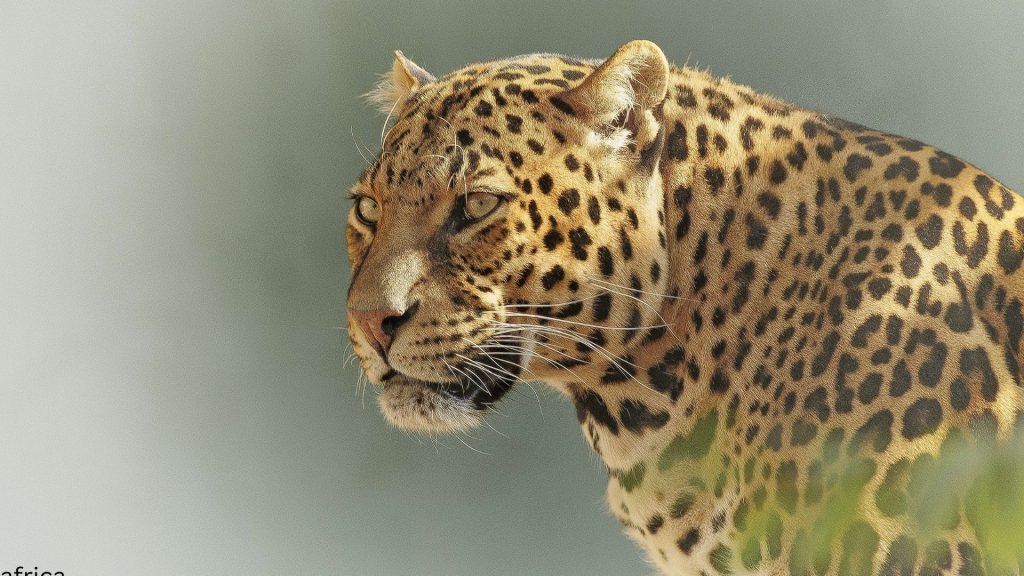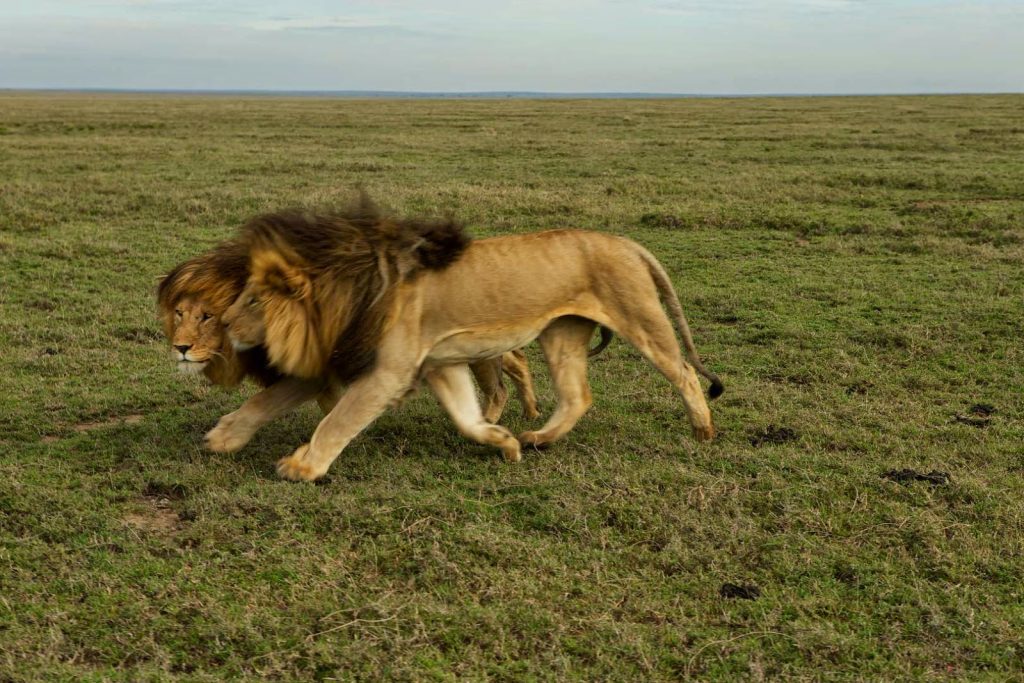Mount Rungwe Nature Reserve
Mt Rungwe, a dormant volcano, is the second-highest peak in southern Tanzania (2,981 m) and forms the northern extent of the Southern Rift in the Great Rift Valley. The tropical forests of Mount Rungwe Nature Reserve are known for their unique biodiversity, which includes two flagship species, such as Abbot’s duiker and the Kipunji monkey. Mount Rungwe Nature Reserve has an area of 13,652 ha and a boundary length of 69.3 km.
Location
It is located in Rungwe District, Mbeya region, in south-western Tanzania. To the east, Mount Rungwe Nature Reserve is bordered by Livingstone Forest, which is part of Kitulo National Park, to the north by Kiwira Forest Plantation managed by Tanzania Forest Services Agency, and to the west by Rungwe Avocado Farm and the Moravian Mission, which owns a small part of Rungwe forest.
The reserve is synonymous with Lake Ngosi, the second-largest Crater Lake in Africa, and the leading tourist attraction in the reserve. The lake is situated at the top of Mt. Rungwe, forming the highest peak in the Southern Highlands of Tanzania. Besides Lake Ngosi, the reserve is also home to rare red colobus monkeys known as Rungwe Cebus and locally named “Kipunji”; the bamboo belt; the flowing rivers of Kiwira, Kibisi; and the spectacular view of the rift valley.
The Mount Rungwe ecosystem is an important water catchment area. Annual rainfall is 900 mm in the lowlands, 2700 mm in the highlands, and an astounding 3000 mm on the southeastern slopes. Temperatures range from 6 degrees Celsius in the highlands to 29 degrees Celsius in the lowlands. The high levels of rainfall and the extensive forest cover secures flow to numerous streams that provide water to villages, towns, agricultural lands, and major rivers that flow into Lake Nyasa.
Attraction found in Mount Rungwe Nature Reserve
Wildlife
Mount Rungwe Nature Reserve is famous for its unique faunal biodiversity, drawing from the Eastern Arc, Southern Rift, and montane Tanzanian endemism. 100 species of mammal, over 230 species of birds, 45 species of amphibians, and 10 species of fish are found in the reserve, including some rare and endemic species. The reserve is also home to endemic primates’ species which was discovered in the reserve in 2003. Such a new species includes the Kipunji (Rungwecebus kipunji) and is classified as Critically. the reserve is home to a variety of wildlife, including red colobus monkeys, shy monkeys elephants, and leopards among others.
Vegetation
The area around Mount Rungwe is known for its tea plantations, and visitors can take guided tours to learn about the tea-making process. The reserve is home to five major vegetation. Firstly, the Montane Forest is found at lower elevations in the reserve, particularly in the southeast of the reserve. Common species include Aphloia theiformis, Ficalhoa laurifolia, Maesa lanceolata, Trichocladus ellipticus, Albizia gummifera and Bersama abyssinica. Secondly, the Upper montane forest with a broken canopy of about 10-25 m is found in higher elevations.
Common tree species include Albizia gummifera, Aphloia theiformis, Bersama abyssinica, Bridelia micrantha, Diospyros whyteana, Hagenia abyssinica, Macaranga kilimandscharica, Maesa lanceolata, Maytenus acuminata, Myrianthus holstii, Neoboutonia macrocalyx, and Schefflera goetzenii. Other species include Protea spp. and Hagenia abyssinica.
The belt is most developed in the south and southeastern elevations (2,600 – 2,800 m). Above 2,500 m, bushed grassland covers approximately 300 ha of the mountain top. Scattered shrubs are common. Buchnera rungwensis and Valeriana capensis herbs are found at higher elevations.
Bush and tree species found include Agauria salicifolia, Aloe spp., bracken, Catha edulis, Erica spp., Hagenia abyssinica, Hypericum revolutum, Maesa lanceolata, and Protea
Tourist activities to do at Mount Rungwe Nature Reserve
Hiking
Mount Rungwe Nature Reserve features a range of hiking trails catering to various skill levels. From casual walkers to experienced trekkers. Each route reveals a diverse landscape, including lush forests, rocky outcrops, and breathtaking views.
Bird watching
The reserve is a haven for bird enthusiasts, boasting a wealth of unique bird species. With over 150 bird species recorded. While on your birdwatching safari, you will have the chance to spot birds such as rare Rungwe bush warbler and various sunbirds, bird watchers can enjoy both visual delights and melodic calls.
Cultural tours
Engage with the rich heritage of the Nyakyusa people through guided cultural tours in Mount Rungwe. Visitors can explore traditional villages, learn about local customs, and witness unique artistic practices. These immersive experiences offer insights into the community’s lifestyle, beliefs, and the profound connection they maintain with their natural surroundings.
How to access
Visitors to the reserve from Dar es Salaam may take a flight or a public bus or the TAZARA trail to Mbeya City. From Mbeya to the reserve there is a distance of 22km.
Other Tourist Attractions near Mt. Rungwe Nature Forest Reserve
Other tourist attractions found near Mt. Rungwe Nature Forest Reserve are Livingstone Mountains and Kitulo National Park (east of the reserve), Mbozi Meteorite (Kimondo) found in Songwe Region, 72 km from Mbeya, Kalambo Nature Forest Reserve about 397 km from Mbeya via Sumbawanga, Mpanga Kipengele Game Reserve about 101 km from Mbeya on the highway to Dar es Salaam.
Best Time to Visit
The best time to visit Mount Rungwe is during the dry season, which runs from June to October. During this time, the weather is mild, and the trails are less muddy, making hiking more enjoyable. However, it’s important to note that the weather in the mountains can be unpredictable, so it’s advisable to be prepared for all conditions



